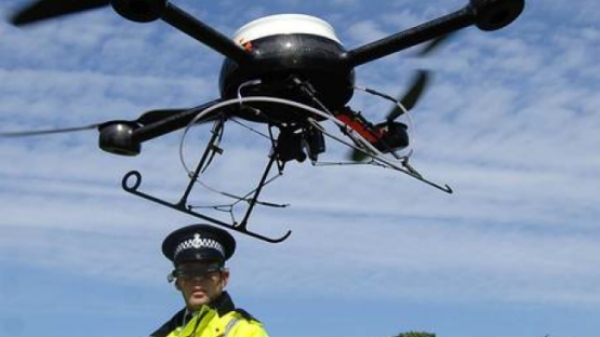Certain risks of drones were wildly exhagerated
But only because we were looking the wrong way.
Did you know that TEN years ago, M. R. Calo wrote an essay about the Drone as Privacy Catalyst, hoping that…
Drones as visceral jolts
Consider these three paragraphs of the essay:
“the widespread domestic use of drones for surveillance seems inevitable. Existing privacy law will not stand in its way. It may be tempting to conclude on this basis that drones will further erode our individual and collective privacy. Yet the opposite may happen. Drones may help restore our mental model of a privacy violation. They could be just the visceral jolt society needs to drag privacy law into the twenty-first century."

“As with previous emerging technologies, advocates will argue that drones threaten our dwindling individual and collective privacy. But unlike the debates of recent decades, I think these arguments will gain serious traction among courts, regulators, and the general public."
“Unlike, say, NSA network surveillance or commercial data brokerage, government or industry surveillance of the populace with drones would be visible and highly salient. People would feel observed, regardless of how or whether the information was actually used. The resulting backlash could force us to reexamine not merely the use of drones to observe, but the doctrines that today permit this use."
What actually happened: correct arguments, wrong target
Today, there are no omnipresent, highly visible drones patroling the streets. We aren’t so dumb. Ten years after that essay, we know much better than that.
That’s why we have already flocked to doorbell cameras for the police, that expose bad parenting, with the same defects of social media.
And that’s why we are now going to adopt spying streetlights.
All stuff that does the same surveillance as drones, just much more cheaply and discreetly. Smart cities, ours are. Not.
Image source: “Police drones in the UK? Watch this airspace…” (Privacy International, 2012)
Who writes this, why, and how to help
I am Marco Fioretti, tech writer and aspiring polymath doing human-digital research and popularization.
I do it because YOUR civil rights and the quality of YOUR life depend every year more on how software is used AROUND you.
To this end, I have already shared more than a million words on this blog, without any paywall or user tracking, and am sharing the next million through a newsletter, also without any paywall.
The more direct support I get, the more I can continue to inform for free parents, teachers, decision makers, and everybody else who should know more stuff like this. You can support me with paid subscriptions to my newsletter, donations via PayPal (mfioretti@nexaima.net) or LiberaPay, or in any of the other ways listed here.THANKS for your support!